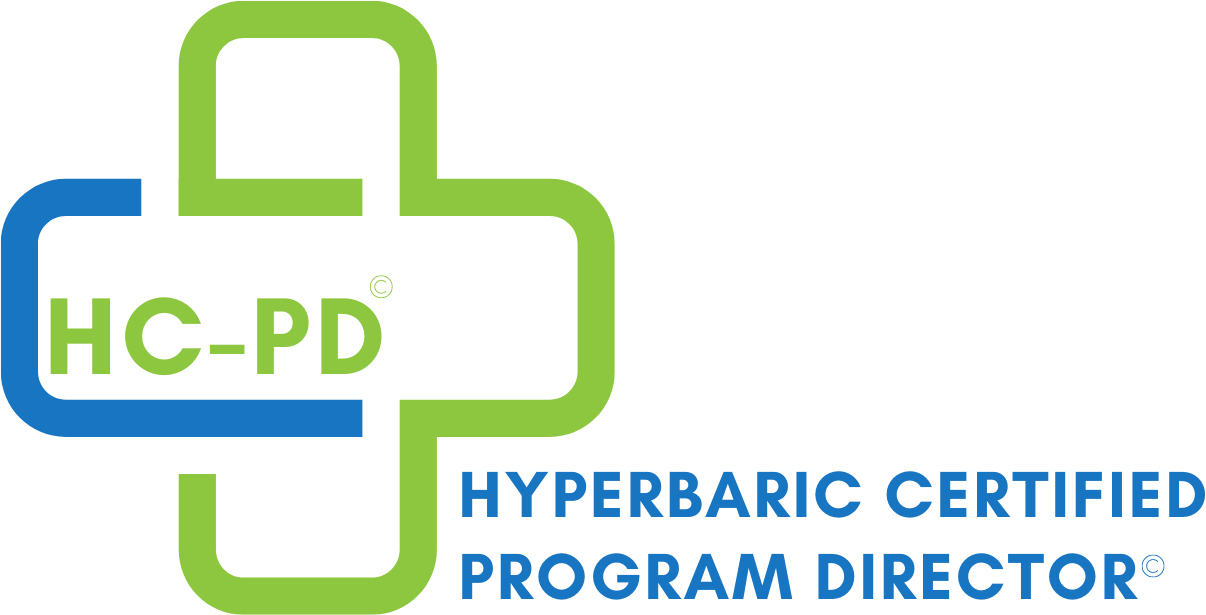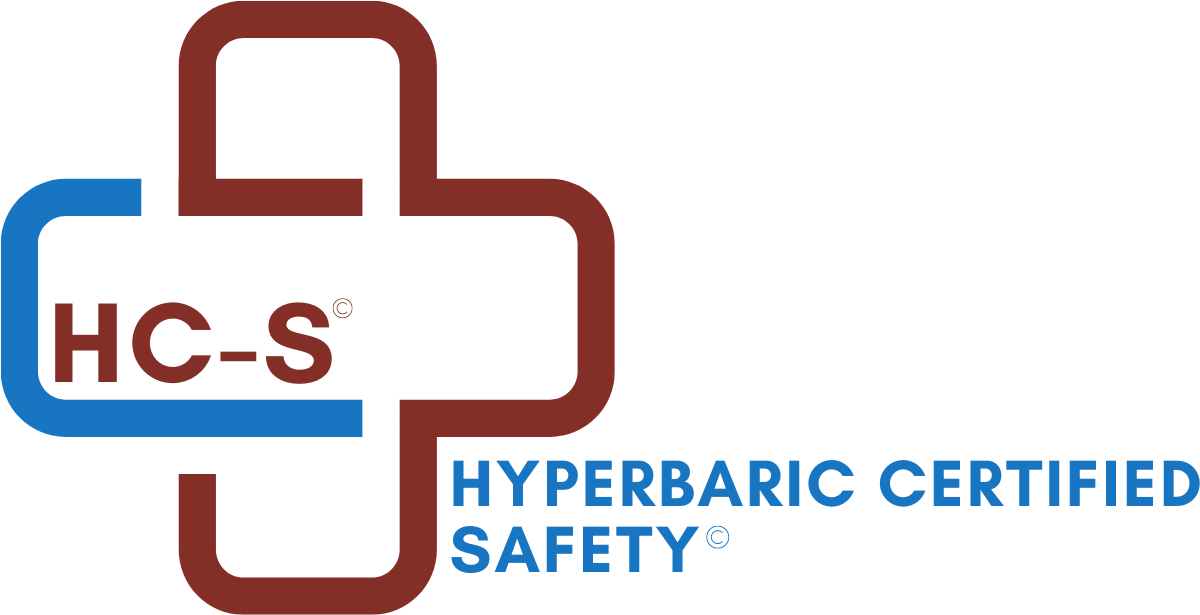Rx Pad
Question: How should I manage a patient that has a low pre-Hyperbaric treatment blood sugar?
Ideally, an HBO program should have a detailed policy for the diabetic patient and the immediate steps that one should take to elevate the patient’s blood sugar. However, for the patient who has a recurring problem with blood sugars that are less than the recommended pretreatment level, there are several options. One option is to contact the managing physician and explain the need for relaxed glycemic control while receiving hyperbaric therapy.
Another option is to “empower” the patient by simply explaining to the patient or family the need to have a pretreatment blood sugar of 120 mg/dl. With this approach, the patient can check their sugar at home prior to coming to the clinic. If their sugar is less than the desired pretreatment value, say 120 mg/dl, they should have a small amount of a complex carbohydrate, e.g. a doughnut as opposed to a soft drink. Complex carbohydrates (starches) will provide a more sustained elevation than the simple sugars found in many soft drinks. Remember, the diabetics who are at greatest risk are those on insulin, and it is this group of patients who are accustomed to checking their sugar. By moving the blood sugar check “upstream,” you can minimize unnecessary delays for both the patient and the staff.
Naturally, you will most likely perform your own blood sugar check in the clinic, as most hospital programs will not accept the report of the patient. For the patient with a recurring problem of borderline or low sugars, the empowerment strategy can greatly reduce the frequency of delayed treatments and frustrated patients and staff.
The following abstract will provide a more quantitative insight on this common concern. It is a summary of the experience with diabetic patients receiving HBO at a large program in Australia. The authors use the less familiar expression of mmol of glucose per liter. It is useful to know that a glucose value of 5.6 mmol/L is approx 100 mg/dl.
Abstract: Blood Sugar Changes in Diabetic Patients Undergoing Hyperbaric Oxygen Therapy
By Trytko B, Bennett MH. South Pacific Underwater Medicine Society Journal 2003:33(2); 62-69.
SUMMARY: This is a prospective, single-cohort observational study of blood sugar levels before and after hyperbaric oxygen therapy in diabetic patients.
METHODS: BSL was measured immediately before and after HBO2 for between four and fifteen consecutive
treatments in each individual. Primary analysis compared the mean change in blood sugar for each patient. Secondarily, we analyzed the change for each individual treatment. Glycosylated hemoglobin (HbA1c) was measured before the first treatment, and then after ten treatments,
to determine any alterations in diabetic control over the
trial period.
RESULTS: Twenty-seven patients were studied over a total of 237 treatment episodes. The mean change in the blood sugar after a single HBO2 session was a reduction of 2.04 mmol/L (95% confidence limits of 1.49 to 2.58, p <0.0001), a drop of ~ 50 mg/dl. Problematic reductions in blood sugar levels occurred more often in patients requiring insulin than in those not requiring insulin. The number of treatment sessions in which the blood sugar drop was >4.0 mmol/L and/or intervention was required was 44/133 (33%) in the insulin group and 17/104 (16%) in the non-insulin group (p = 0.003). Eleven HBO2 sessions were associated with symptomatic hypoglycemia requiring glucose administration while in the hyperbaric chamber; nine in insulin-requiring subjects, two in non-insulin-requiring. There was a small, non-significant mean reduction in HbA1c of 0.22% (p=0.06) over the course of treatment.
CONCLUSIONS: HBO2 reduces blood sugar values in both non-insulin-requiring and insulin-requiring diabetics. Diabetic control as measured by HBA1c is unchanged over a course of ten treatments. Problematic hypoglycemia is more common in patients requiring insulin. We recommend daily monitoring of BSL prior to HBO2, and prophylactic glucose in some form if the BSL is <8 mmol/L.
The number of treatment sessions in which the BSL drop was >4.0 mmol.l-1 and/or intervention with glucose was required was 61-237 (26%). Of these, 44/133 (33%) were in the insulin-requiring group and 17/104 (16%) in the non-insulin-requiring group.
We cannot predict in which treatment an individual is more likely to experience a clinically significant problem. No patient with a pre-HBO2 BSL greater than 8 mmol/L required intervention for hypoglycemia.
There is considerable variability in this response, both between subjects and between treatment sessions in a single subject.
We recommend all diabetic patients eat a meal within two hours of HBO2 if possible and that a BSL estimation be performed prior to each treatment. Patients with insulin-requiring diabetes in whom the BSL is <8 mmol/L (142 mg/dl) or with non-insulin-requiring diabetes with a BSL of <6.0 mmol/L (107 mg/dl) should be given glucose prior to entering the chamber.
COMMENTARY: In this study, the change in blood sugar following hyperbaric therapy was highly significant at .0001 - which means that the phenomenon is very real. Also the average drop in blood sugar was clinically significant at 50 mg/dl. However, the authors noted a great deal of variability.
BOTTOM LINE: All diabetic patients are at risk for inadvertent hypoglycemia - the higher the blood sugar, the less likely the risk. Blood sugars > 140 mg/dl appeared to have no risk of hypoglycemia.
Reference: Excerpted with permission from the publisher, Best Publishing Company. "Hypoglycemia and Hyperbaric Therapy" by Bob Bartlett, MD, FACEP, FAPWCA, UHM, CPE. First printed in Wound Care & Hyperbaric Medicine Magazine, Vol 1. Issue 2.
Get Trained in Wound Care! Are you seeking a certification in wound care? Our 25.5 hour Wound Care Certification Prep Course and Refresher Training will prepare you to sit for almost any wound care certification exam.
When you subscribe to the blog, we will send you an e-mail when there are new updates on the site so you wouldn't miss them.


Comments